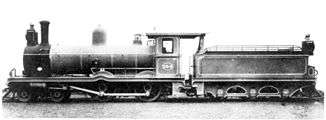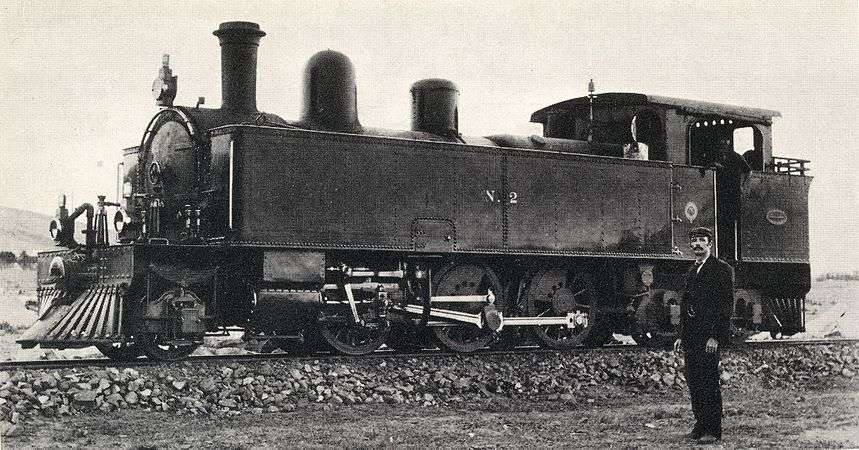1898 in South Africa
The following lists events that happened during 1898 in South Africa.
| |||||||||
| Decades: |
| ||||||||
|---|---|---|---|---|---|---|---|---|---|
| See also: | |||||||||
Incumbents
- Governor of the Cape of Good Hope and High Commissioner for Southern Africa:Alfred Milner.
- Governor of the Colony of Natal: Charles Bullen Hugh Mitchell.
- State President of the Orange Free State: Martinus Theunis Steyn.
- State President of the South African Republic: Paul Kruger.
- Prime Minister of the Cape of Good Hope: John Gordon Sprigg.
- Prime Minister of the Colony of Natal: Henry Binns.
Events
- March
- 26 – The Sabie Game Reserve, renamed to Kruger National Park in 1926, is proclaimed in the Official Gazette of the South African Republic, the first officially designated game reserve.
- Unknown date
- Benjamin Jennings Caddy, militant trade unionist, immigrates to South Africa from Australia at the age of 17.
Births
- 6 June – Jim Fouché, second State President of South Africa, in Wepener, Orange Free State. (d. 1980)
Deaths
- - 26 March William Guybon Atherstone, medical practitioner, naturalist and geologist, (b. 1814)
Railways
Railway lines opened
- Cape Midland – Bamboo Junction to Cape Collieries, 16 miles (25.7 kilometres).[1]
- 3 March – Cape Midland – Middelburg to Graaff-Reinet, 91 miles (146.5 kilometres).[2]
- 13 June – Natal – Clairwood to Wests in Durban, 6 miles 45 chains (10.6 kilometres).[1]
- 1 October – Transvaal – Pretoria to Potgietersrus, 138 miles (222.1 kilometres).[1]
- 15 October – Namaqualand – Garracoop Junction to Nababeep, 8 miles (12.9 kilometres).[3]
- 1 November – Free State – Theunissen to Winburg, 28 miles 10 chains (45.3 kilometres).[1]
- 1 December – Natal – Tongaat to Tugela, 39 miles (62.8 kilometres).[1]
Locomotives
- Cape
- Two new Cape gauge locomotive types enter service on the Cape Government Railways (CGR):
- Six 4-4-0 3rd Class Wynberg Tender locomotives in passenger service on the suburban lines in Cape Town.[4][5]
- A fourth batch of thirty-three 6th Class 4-6-0 steam locomotives. In 1912 they will be designated Class 6D on the South African Railways (SAR).[4][5]
- Free State
- The Oranje-Vrijstaat Gouwerment-Spoorwegen takes delivery of three of its final six new Cape 6th Class locomotives before its railway operations are taken over by the Imperial Military Railways. In 1912 they will be designated Class 6E on the SAR.[4][5]
- Transvaal
gollark: It's just a bunch of itemducts on some of them.
gollark: I have another floor for dedicated systems like inscriber automation.
gollark: Well, it's great.
gollark: Anyway, this here is my autocrafting system.
gollark: P2P networking!
References
- Statement Showing, in Chronological Order, the Date of Opening and the Mileage of Each Section of Railway, Statement No. 19, p. 183, ref. no. 200954-13
- Report for year ending 31 December 1909, Cape Government Railways, Section VIII - Dates of Opening and the Length of the different Sections in the Cape Colony, from the Year 1873 to 31st December, 1909.
- Bagshawe, Peter (2012). Locomotives of the Namaqualand Railway and Copper Mines (1st ed.). Stenvalls. ISBN 978-91-7266-179-0.
- Holland, D.F. (1971). Steam Locomotives of the South African Railways. 1: 1859–1910 (1st ed.). Newton Abbott, Devon: David & Charles. pp. 47, 56–57, 59, 107–108, 126. ISBN 978-0-7153-5382-0.
- Paxton, Leith; Bourne, David (1985). Locomotives of the South African Railways (1st ed.). Cape Town: Struik. pp. 18, 29, 41–44. ISBN 0869772112.
This article is issued from Wikipedia. The text is licensed under Creative Commons - Attribution - Sharealike. Additional terms may apply for the media files.

_ex_CGR_665.jpg)
_ex_OVGS-CSAR_6L-3.jpg)
